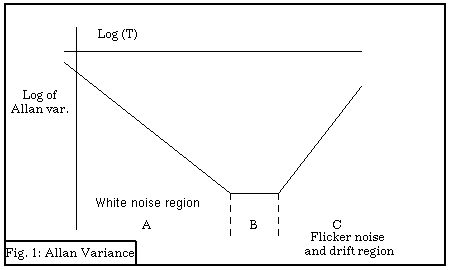

The gain stability is measured on only three of our spectral line receivers (RX100, RX150 and RX345) in combination with the HRS. The results indicate a maximum integration time of the order of 30 seconds for the 100 GHz and the 150 GHz receivers, and 10 seconds for the 345 GHz receiver. In the following table, the results for RX100, RX150 and RX345 are presented based on the last measurements during 1995. Measurements for RX115 and RX230 are expected to be available very soon:
|
Receiver |
Frequency (GHz) |
Maximum Integration Time [s] |
|
RX100 |
86 |
25 |
|
RX115 |
n.a. |
n.a. |
|
RX150 |
147 |
29 |
|
RX230 |
n.a. |
n.a. |
|
RX345 |
345 |
11.5 |
|
Last modified by Felipe Mac-Auliffe, July 23rd 2001
|